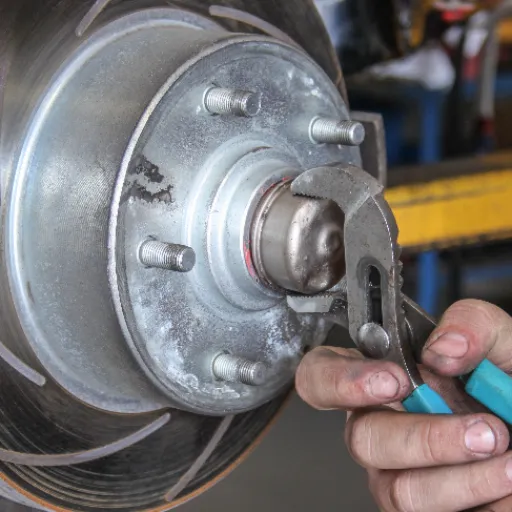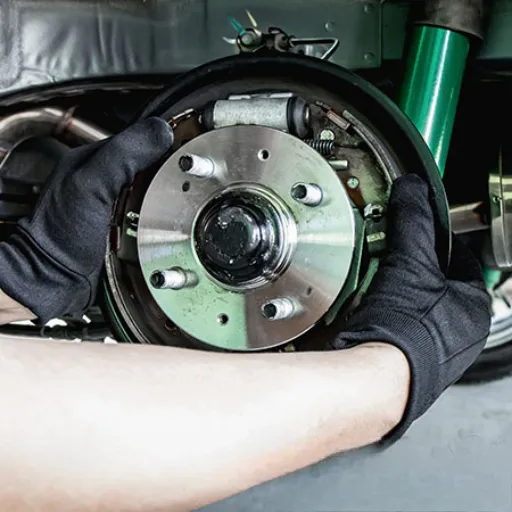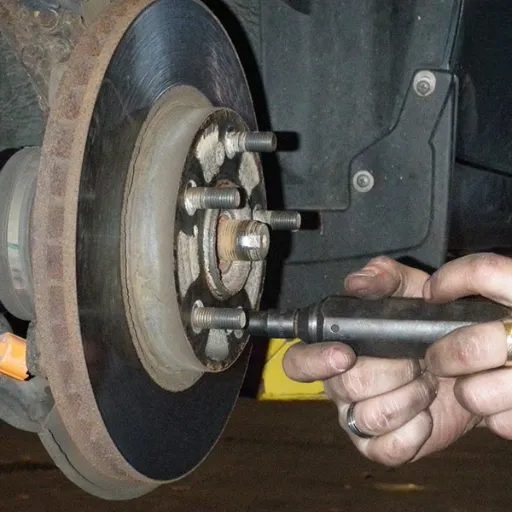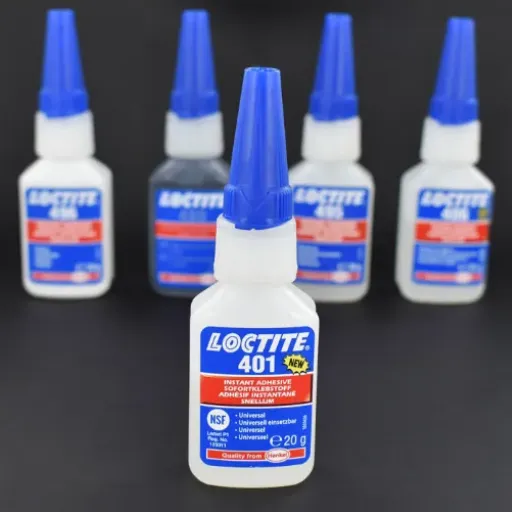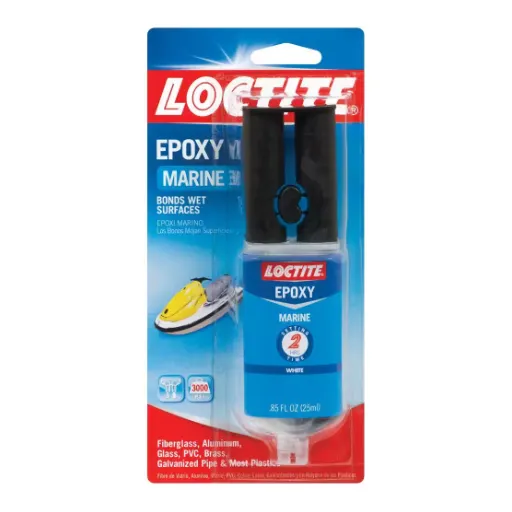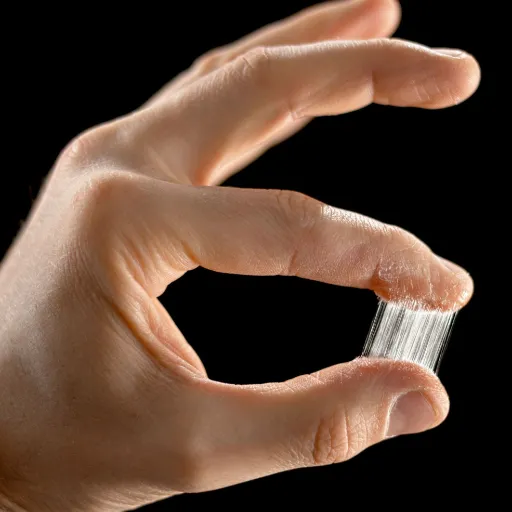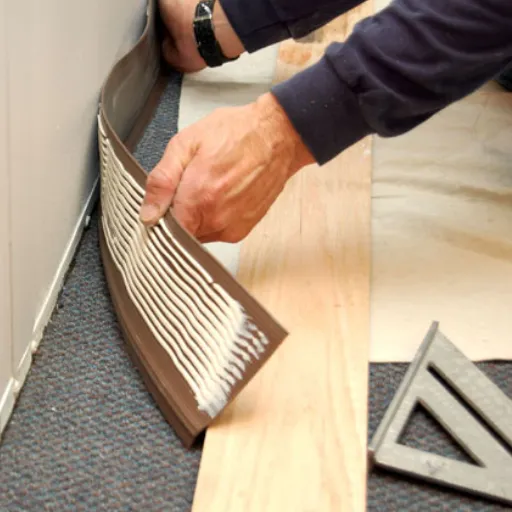Loctite Super Glue is a myth when it comes to quality adhesive solution that commands attention in any store. Most users have seen or heard of this product, however, there are very few questions and answers regarding the length of time it may take to dry. Understanding how quickly Loctite Super Glue sets is paramount in guaranteeing complete and efficient use of the product. Whether you’re involved in repair of earthenware, pasting of fragile materials, or more extensive tasks, knowing the drying time and factors affecting it will help you apply Loctite Super Glue with ease.
What is Loctite Super Glue?
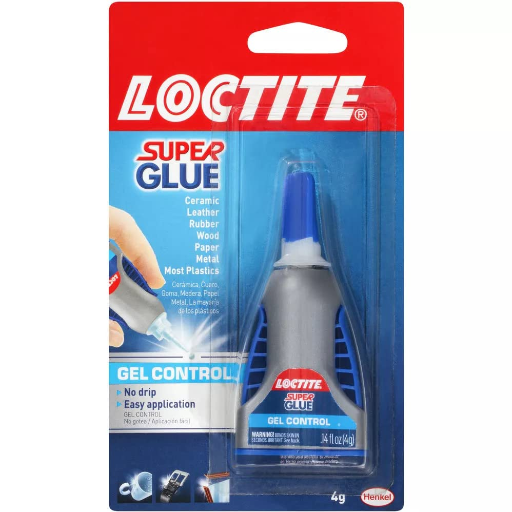
Loctite Super Glue is an adhesive built with the characteristic of bonding fast over a selection of materials, including:
- Metal
- Plastic
- Ceramic
- Rubber
- Wood
The adhesive features a fast-drying characteristic that allows for strong and lasting bonds within seconds. It is widely used for repairs, various art projects, and other works that involve mechanisms requiring precision and accuracy.
Overview of Super Glue and Its Uses
Super Glue is constructed by utilizing a technique in which it reacts with existing water deposits on surfaces to cause them to stick together in an adhesive state that is stable and unyielding. Cyanoacrylate (CA) is the quickest of adhesives to grip, with bonding and shearing resistance that allows attachments to bear significant force loads without failure.
Types of Loctite Super Glue
| Type | Key Features | Applications | Curing Time | Special Properties |
|---|---|---|---|---|
| Loctite Ultra Gel Control | Flexible, impact-resistant, temperature-stable | Vertical repairs, porous materials | 10-30 seconds | Gel consistency for precision application |
| Loctite Liquid Control | Precise liquid application | Household repairs, plastic, and rubber bonding | 15-45 seconds | Easy-squeeze bottle for controlled flow |
| Loctite Professional | Strong hold and fast setting | Professional-grade industrial assembly | 10-30 seconds | High-strength for heavy-duty applications |
| Loctite Brush-On | Convenient brush applicator | Small, detailed bonds, crafts, jewelry | 15-30 seconds | Brush design for enhanced accuracy |
| Loctite Glass Glue | Specially designed for glass bonding | Repairs on transparent glass and crystal | 10-30 seconds | Bonds glass to glass and glass to other materials |
| Loctite Plastics Bonding | Formulated for hard-to-bond plastics | Teflon, polypropylene, polyethylene | Sets in seconds | Includes activator for better adhesion |
| Loctite Gel Control Mini | Compact, precise gel application | Quick, small repairs on multiple materials | 20-30 seconds | Applies gel with precision in tight spaces |
Key Ingredients: Cyanoacrylate Adhesive

Cyanoacrylate glue, popularly known as super glue, is a quick-curing high-performance adhesive largely appreciated for its capability to bond surfaces almost instantaneously. The adhesive undergoes a chemical reaction and polymeric chain growth triggered by the presence of water.
The Chemistry of Cyanoacrylate
Cyanoacrylates work through cationic polymerization, where monomers bind with one another to form polymer chains that are straight and strong. This process happens so quickly that bonds become extremely difficult to detach, lasting for just a couple of seconds.
Bonding Process at a Molecular Level
The bonding process is initiated by ionic polymerization, allowing small molecules to uniformly crosslink and solidify within seconds. The cross-linking forms a very stable matrix with mechanical strength that surpasses strain or stress that can deform it.
Factors Affecting Adhesion
Surface Energy
- High-energy surfaces (metals) help adhesion better
- Low-energy surfaces (plastics) require treatment like plasma or chemical etching
- 15-20 mJ/m² increase in surface energy can lead to 25% increase in bonding strength
Surface Roughness
- Microscopic irregularities help achieve mechanical interlocking
- Optimal range: 1-10 µm depending on adhesive and substrate
- Excessive roughness may limit proper adhesive wetting
Surface Contamination
Drying Times for Loctite Super Glue

Standard Drying Times
Loctite Super Glue takes between 10 and 30 seconds to initially bond, depending on which materials are bonded. It reaches full cure after 24 hours under standard room temperature and humidity conditions.
| Stage | Time Frame | Description |
|---|---|---|
| Initial Set | 10-30 seconds | Basic bonding occurs, pieces hold together |
| Handling Strength | 10 minutes | Bond can withstand light handling |
| Full Cure | 24 hours | Maximum strength achieved |
Influence of Temperature on Drying
- Optimal Range: 65°F – 80°F (18°C to 27°C)
- Higher Temperatures: Accelerate curing but may cause uneven bonding above 100°F (38°C)
- Lower Temperatures: Slow curing significantly below 50°F (10°C)
Humidity and Its Effect on Adhesive Performance
Water content significantly impacts adhesive performance:
- Optimal Humidity: 40% – 60% relative humidity
- High Humidity: Can prolong drying times and affect curing
- Low Humidity: May delay proper cure and result in incomplete bonding
Comparing Different Variants of Loctite Super Glue
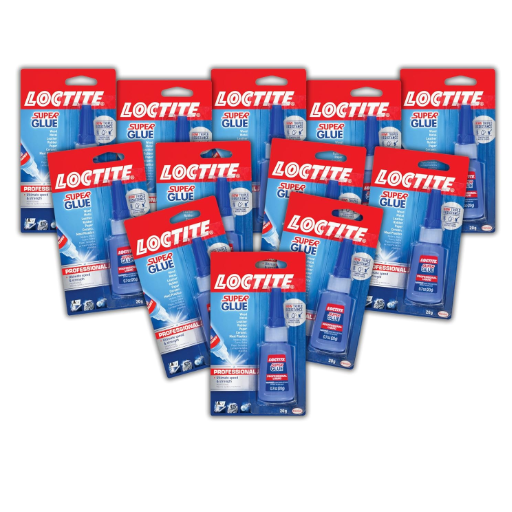
Loctite Super Glue Liquid vs. Gel
| Key Point | Liquid | Gel |
|---|---|---|
| Consistency | Thin and runny | Thick and non-drip |
| Application | Ideal for small, even surfaces | Suitable for vertical or porous surfaces |
| Drying Time | Fast drying, typically within seconds | Slightly slower drying than liquid |
| Precision | Harder to control on uneven surfaces | Easier to apply precisely |
| Material Compatibility | Works well on smooth, hard materials | Effective on porous or rough materials |
| Gap Filling | Limited gap-filling ability | Excellent for filling small gaps |
| Common Uses | Plastic, wood, ceramics, small repairs | Rubber, metal, vertical surfaces, tough fixes |
Loctite Super Glue Ultra Features
Key Benefits:
- Precision Applicator: Well-fitted applicator tip for secure and flawless application
- Impact Resistance: High impact resistance for solid bonds under pressure
- Vertical Bonding Ability: Dripless bonding for vertical and ceiling surfaces
- All-Purpose Compatibility: Adheres to rubber, metal, plastic, ceramics, wood, and more
- Gap Filling Capacity: Excellent for uneven joints requiring durable bonding
- Quick Setting Time: Hardens in seconds, minimizing waiting time
Practical Tips for Using Loctite Super Glue
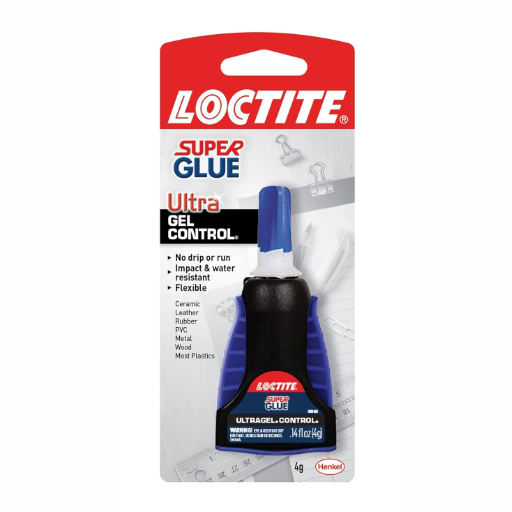
Step-by-Step Application Guide:
- Prepare the Surfaces: Clean, dry surfaces with no oil or dust presence
- Use the Right Amount: Apply a thin layer on one surface only
- Apply Even Pressure: Join surfaces and press firmly for 30 seconds
- Allow Full Cure: Wait 24 hours for maximum strength
- Store Properly: Secure lid tightly to prevent drying out
Preparing Surfaces for Optimal Bonding
- Clean both surfaces with isopropyl alcohol (90% concentration)
- For smooth surfaces, lightly sand with fine-grit sandpaper
- Wipe clean with a dry, lint-free cloth
- Ensure surfaces are completely dry before application
Best Practices for Drying and Curing
- Controlled Environment: Maintain 70°F to 85°F with 40-60% humidity
- Adequate Ventilation: Ensure proper airflow during curing
- Uniform Pressure: Use clamps if needed for consistent pressure
- Avoid Disturbance: Don’t move bonded items during curing period
Reference Sources
-
Super glue: Everything you need to know
- Summary: Loctite super glue achieves full bond strength after being left undisturbed for at least 10 minutes. However, it takes 24 hours to fully cure and reach maximum strength.
-
Loctite Super Glue Gel Control
- Summary: Loctite Super Glue Gel Control dries clear within 30-45 seconds. It is resistant to moisture, chemicals, and freezing temperatures, making it suitable for various conditions.
Frequently Asked Questions (FAQs)
How Long Does Loctite Super Glue Take to Dry?
Loctite super glue sets within 10 to 30 seconds for instant adhesive properties. However, to achieve a fully cured bond with maximum strength, it can take up to 24 hours. This is especially important when working with various porous and non-porous surfaces.
Does Super Glue Dry Faster Than Gels?
Yes, traditional liquid super glue generally dries faster than gel formulas. Liquid super glues can set within seconds, while gel formulas may take longer but offer superior performance for vertical applications or porous surfaces.
How Long Does Loctite Super Glue Take to Fully Cure?
Full curing time ranges from 24 to 48 hours, depending on materials used. While the glue may set quickly, achieving full bond strength requires patience. Factors such as humidity and temperature can also affect curing time.
Can You Use Super Glue on Plastic?
Absolutely! Loctite super glue is designed for use on both porous and non-porous surfaces, making it ideal for plastic materials including PVC, polystyrene, and other hard plastics. Ensure surfaces are clean and dry before application.
What is the Best Way to Apply Super Glue for Maximum Control?
For maximum control, use products like Loctite super glue gel formula, designed for precise application. The gel formula sets without clamping, making it ideal for vertical surfaces and intricate projects. Always start with clean surfaces and apply sparingly.







